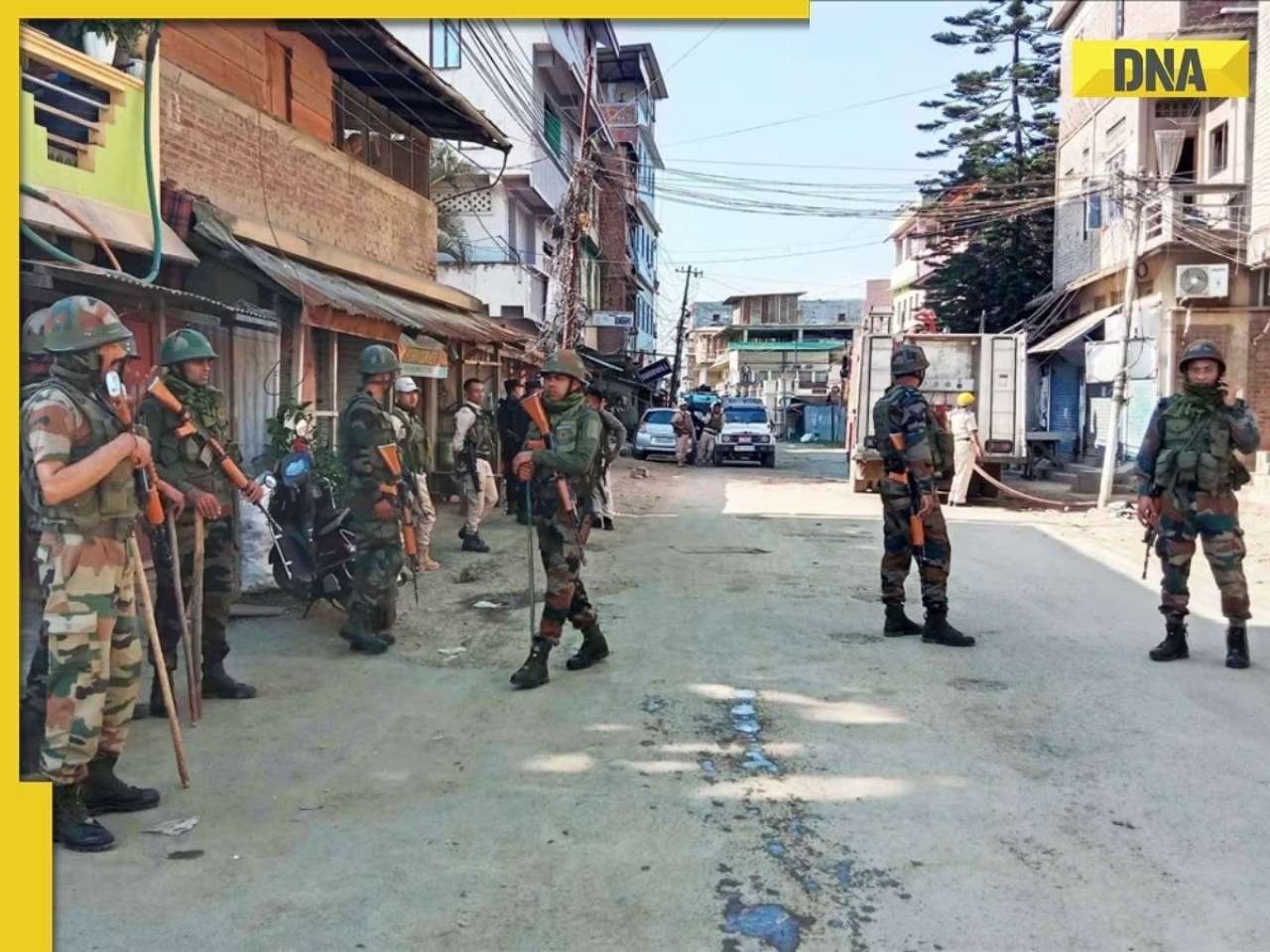- LATEST
- WEBSTORY
- TRENDING
INDIA
Chandrayaan-3 might have landed in moon's crater, 'ejecta' will reveal secrets
A crater is formed when an asteroid crashes into the surface of a larger body like a planet or a Moon, and the displaced material is called 'ejecta'.
TRENDING NOW
India's lunar mission Chandrayaan-3 possibly landed in one of the oldest craters of the Moon, according to scientists who analysed images from the mission and satellites. The crater was formed during the Nectarian period, which dates back to 3.85 billion years and is one of the oldest time periods in the Moon's history, the team, including researchers from the Physical Research
Laboratory and Indian Space Research Organisation (ISRO), Ahmedabad, said. S Vijayan, an associate professor in the Planetary Sciences Division, Physical Research Laboratory, told PTI, "Chandrayaan-3 landing site is a unique geological setting where no other missions have gone. The images from the mission's Pragyan rover are the first on-site ones of the Moon at this latitude. They reveal how the Moon evolved over time".
A crater is formed when an asteroid crashes into the surface of a larger body like a planet or a Moon, and the displaced material is called 'ejecta'. Revealing how the Moon evolved over time, the images showed that one-half of the crater was buried under material thrown out or 'ejecta' from the South Pole-Aitken basin -- the largest and most known impact basin on the Moon, the researchers said.
An impact basin is a large, complex crater with a diameter of over 300 km, while a crater measures under 300 km in diameter. Forming of ejecta is "similar to when you throw a ball on the sand and some of it gets displaced or thrown outwards into a small pile," explained Vijayan, who is the corresponding author on the study that appeared in the journal Icarus.
"When an impact basin is forming, surface material will be thrown out. If the diameter of the impact basin is larger, sub-surface materials from greater depths will be excavated," Vijayan said. In this case, Chandrayaan-3 was found to have landed within a crater -- about 160 km in diameter -- and detected in the images as a nearly semi-circular structure.
The researchers said this likely indicated one half of the crater, the other half of which was 'degraded' by getting buried under ejecta from the South Pole-Aitken basin. "Further, near the landing site, ejecta or material 'thrown out' from another impact crater further away was observed -- images captured by the Pragyan rover revealed that material of the same nature was present at the landing site," Vijayan said.
The Pragyan rover was deployed on the lunar surface by the Vikram lander, on board the Chandrayaan-3. "Together, the images from the mission and satellites showed that the Chandrayaan-3 landing site consists of material deposited from different regions of the Moon," he said. The mission, launched by ISRO, Bengaluru, made a soft landing near the Moon's south pole on August 23, 2023. The landing site was christened the Shiv Shakti Point on August 26, 2023.
(Except for the headline, this story has not been edited by DNA staff and is published from PTI)







)
)
)
)
)
)
)
)
)
)
)
)
)
)
)
)




























































